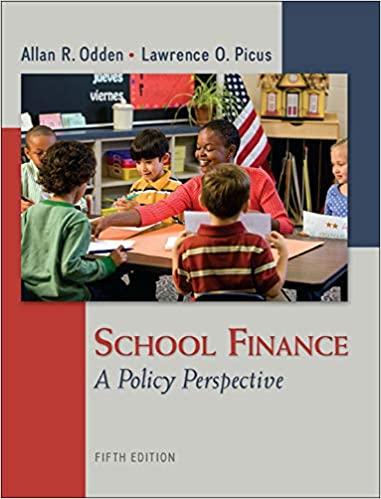

Pronblem 2. (50 marks) You are asked to find the value of a share of the company XYZ. You are presented with the following information: the company has recently paid out a dividend of $7 per share and had EPS of $12. The company's management plans to maintain the reinvestment rate unchanged for the next 2 years, and to reduce it to 40% afterwards forever. Currently the company earns a 30% return on investment, but it seems that fewer profitable projects will exist in the future, so the management expects that the return will drop linearly to 20% in the 4th year and will remain unchanged in the future. Currently zero-coupon risk-free bonds with 2 years to maturity are traded at a 7% discount, and the term structure of interest rates is flat. Market return is 13.7%, the correlation of XYZ and market returns is 0.6, and standard deviations of returns are 0.2 and 0.1 for XYZ and market, respectively. a) Find the required rate of return on XYZ equity. b) What is the current share price? Demonstrate your calculations. 0 1 2 3 4 5 BV equity EPS DPS Reinvested payout ratio Reinv ratio ROE g dividends g earnings c) From your table, explain the relationship between the rate of growth of dividends and growth rate of earnings. When are they equal to each other? d) You plan to sell the share in 3 years. Which price do you expect to see in the market then? e) Suppose that all re-investments for the past year have already been made and cannot be changed. What the proportion of the share price attributed to the value of Growth Opportunities? f) Suppose the management finds out that in fact the company's ROE will be lower. It will decline linearly to 10% in the 4th year and will remain 10% forever afterwards. If the company maintains the initially planned payout policy, what will happen to the share price? Compute the absolute change. g) Do you agree with the statement? Why? "If the company's ROE is permanently less than the required rate of return, the optimal payout policy for the company will be to pay all Earnings as Dividends Pronblem 2. (50 marks) You are asked to find the value of a share of the company XYZ. You are presented with the following information: the company has recently paid out a dividend of $7 per share and had EPS of $12. The company's management plans to maintain the reinvestment rate unchanged for the next 2 years, and to reduce it to 40% afterwards forever. Currently the company earns a 30% return on investment, but it seems that fewer profitable projects will exist in the future, so the management expects that the return will drop linearly to 20% in the 4th year and will remain unchanged in the future. Currently zero-coupon risk-free bonds with 2 years to maturity are traded at a 7% discount, and the term structure of interest rates is flat. Market return is 13.7%, the correlation of XYZ and market returns is 0.6, and standard deviations of returns are 0.2 and 0.1 for XYZ and market, respectively. a) Find the required rate of return on XYZ equity. b) What is the current share price? Demonstrate your calculations. 0 1 2 3 4 5 BV equity EPS DPS Reinvested payout ratio Reinv ratio ROE g dividends g earnings c) From your table, explain the relationship between the rate of growth of dividends and growth rate of earnings. When are they equal to each other? d) You plan to sell the share in 3 years. Which price do you expect to see in the market then? e) Suppose that all re-investments for the past year have already been made and cannot be changed. What the proportion of the share price attributed to the value of Growth Opportunities? f) Suppose the management finds out that in fact the company's ROE will be lower. It will decline linearly to 10% in the 4th year and will remain 10% forever afterwards. If the company maintains the initially planned payout policy, what will happen to the share price? Compute the absolute change. g) Do you agree with the statement? Why? "If the company's ROE is permanently less than the required rate of return, the optimal payout policy for the company will be to pay all Earnings as Dividends








